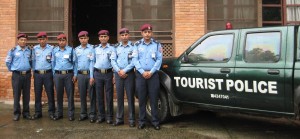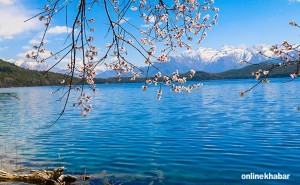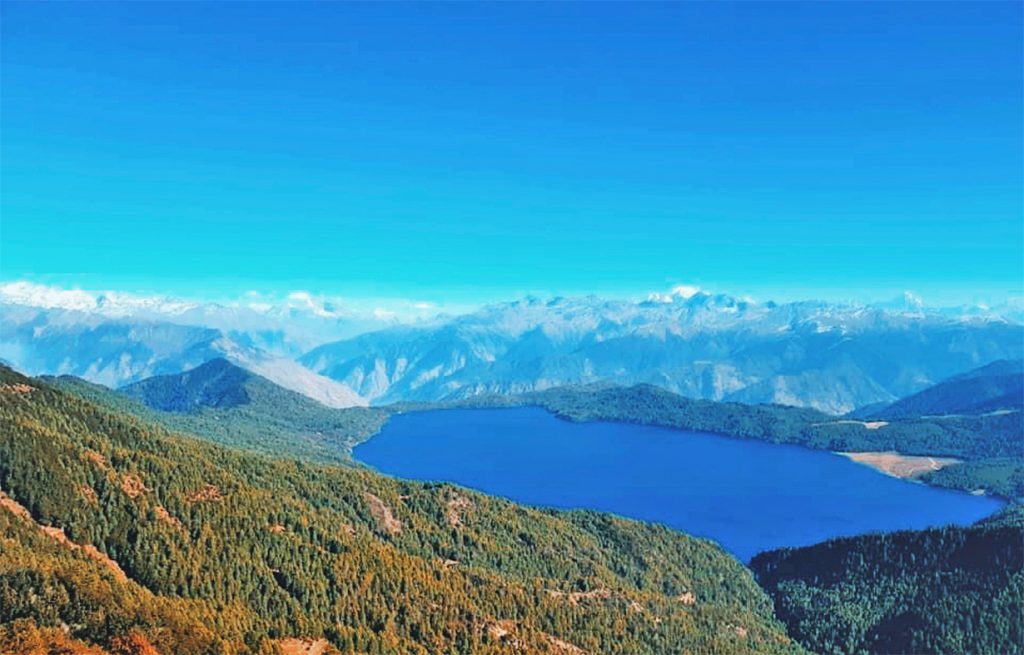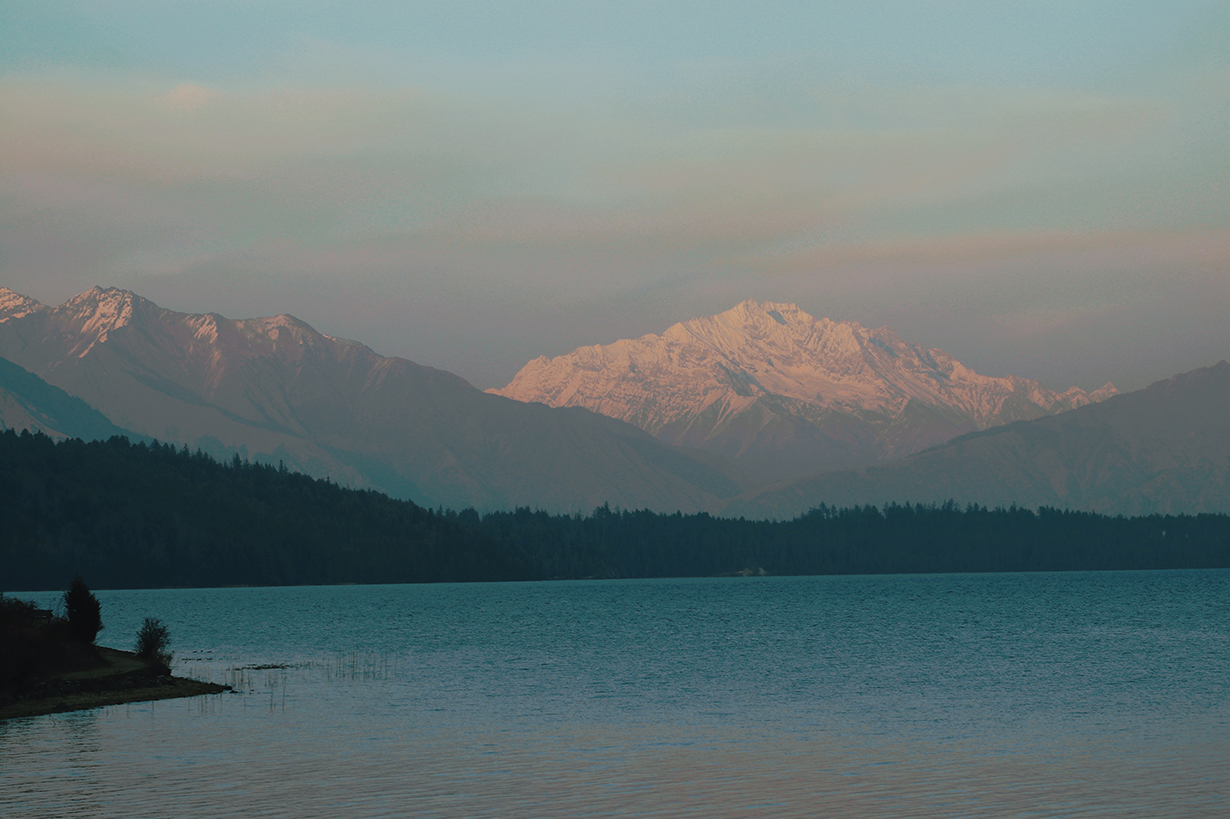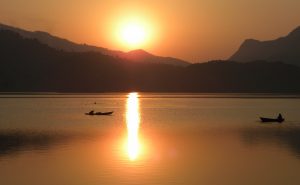
Imagine the stunning beauty of a serene lake situated on the lap of a conifer jungle, interrupted by the green lush of grassland meadows and primitive rhododendron forest. The realm of the pristine wilderness where nature unfolds her beauty to the fullest flowers bloom, fluttering butterflies, buzzing bees or even at the song of warblers.



But all of a sudden, the enchanting aura shatters when the pristine setting is spotted with an exotic mosaic of litters; plastic wrapper, chocolate wrapper, disposable diaper, aluminium cans, glass pieces, tissue paper etc. Such scenarios have become a commonplace sight in popular tourist destinations of Nepal, including the Rara Lake, located inside the Rara National Park in Mugu District of northwestern Nepal.
With road reaching the lake and the number of visitors growing unchecked year after year, Rara’s primitive beauty is in real danger.


Tourists, especially Nepalis, visit the Lake during vacations, especially during the Dashain/Tihar season. More than 200 people on an average day go to the area, where there are just two hotels and a campsite. The need to accommodate such a huge number of individuals within such a small periphery is challenging as well when the majority of them are ‘litter louts’.
Rara Lake is the warehouse of freshwater inhabited by three endemic fish (Schizothoraxsps.) and one endemic frog, Paararica. The lake was enlisted as a Ramsar site in 2007 and supports a variety of life forms. The adjoining landscape of pine-rhododendron forest and grassland patch serves as a critical habitat for musk deer, red panda, Himalayan black bear, brown bear, wild boar and the ancient settlement of Murma village near the outlet, Nijarkhola.


But travel boom in Rara has invited serious problems of litters which shall ultimately diminish the charm of the local environment and bear serious implications to the ecology of Rara Lake and national park in the future. Despite the lake’s periphery trail having rubbish pits with a clear sign that says ‘Phohor Malai’ (Waste Here!), it is easy for anyone to spot man-made litter both around and inside the lake .

Floating plastic and glass bottles lay on the bottom of the sediment. The rising trash in Rara Lake could become a serious issue if appropriate management strategies are not taken on time. It takes 15 years for a plastic bag, 50 years for an aluminium can, 450 years for a disposable diaper, million years for a glass bottle to decompose.
The more such trash left out in remotely-accessed natural areas, the more will it impact the local environment, flora and fauna.


Rara National Park does not permit activities that will harm natural habitat, local resource and biodiversity. You will find a list of dos and don’ts that need to be considered carefully whenever you are visiting a protected area.
In fact, it is the duty of every one to adhere to the rules and regulations so that we do not hamper the existence of our natural resources through our own actions. Visitors must understand that Rara Lake falls inside the core area of Rara National Park and their activities should not be like in the buffer area.
It is high time that Rara National Park prepared its separate independent guidelines to protect the local region. Maintaining a trade-off between the pressures of litterbug visitors and preserving the local environment is indeed a challenging issue for the national park. Restricting the number of visitors, the addition of entry/check posts, strengthening environmental awareness campaign, training on 3R, plastic-free zone declaration and strict measures for litter louts should be on the priority list for the management of Rara Lake in the upcoming days.





